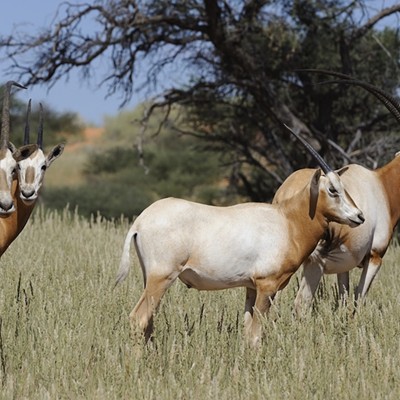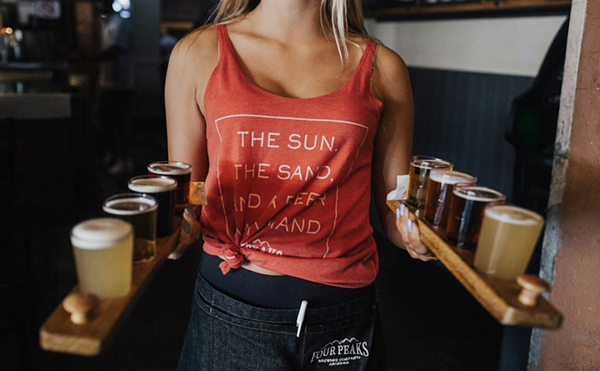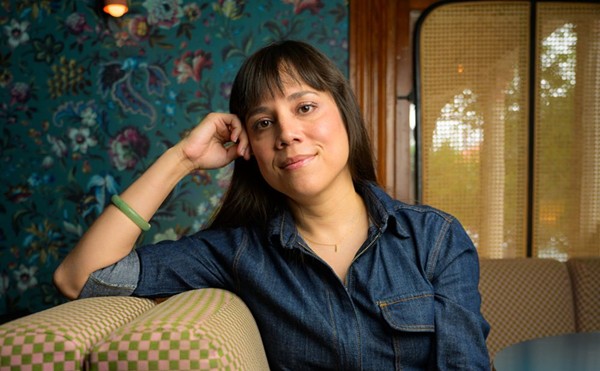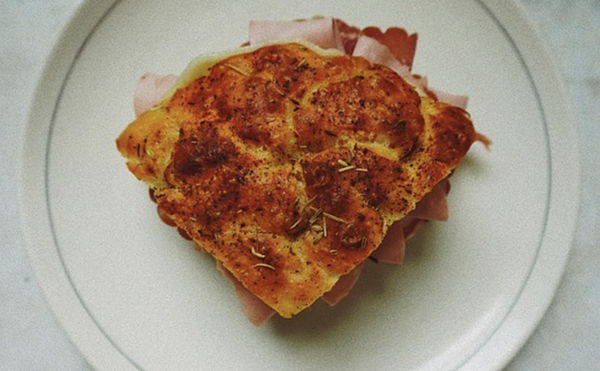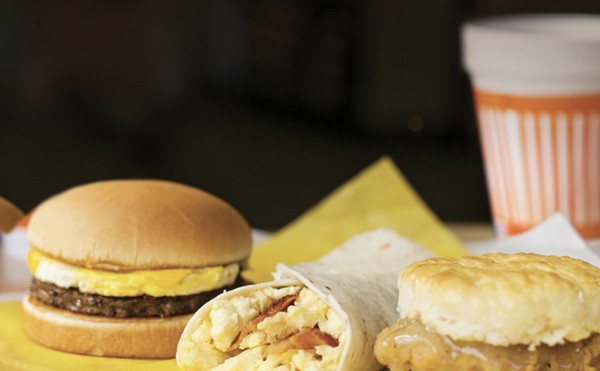“Cornbread-love, like all love, is universal and deeply individual.”
The Cornbread Gospels is a tribute to a beloved, but humble, American legend. Six years ago, Crescent Dragonwagon, the decorated author of cookbooks, children’s books and adult fiction, set out on a pilgrimage armed with a skillet and a soft spot for the subject matter. She returned overflowing with stories, quotes, anecdotes, and history — and a couple hundred recipes as well. Along the way, she developed a reverence for cornbread that borders on fanaticism, but she wouldn’t be the first biographer to fall in love with her subject.
Dragonwagon is no stranger to tracing a cuisine down to its roots and working her way back up again, taking readers along for the ride. The outspoken ex-hippie was a “foodie” before the word was invented, tinkering with the traditional in innovative, creative ways. Her previous work, the James Beard Award-winning Passionate
Vegetarian, was a decade in the making and is considered by many to be a Joy of Cooking for meatless cuisine. At over 1,000 pages, encompassing every imaginable subject pertaining to vegetarian cooking, it is nothing less than her fans would have expected from the woman who taught Julia Child (at Julia’s request) one of her trademark tofu recipes.
Whether you approach The Cornbread Gospels as a life-long cornbread devotee (dog-eared and grease-stained family recipe in hand) or a novice with a checkered past of just-add-water mixes behind you, the book will strike a chord. Dragonwagon approaches her latest culinary focus with enthusiasm, curiosity, and the belief that all food is an expression of love and life itself.
“Most Northerners will tell you they love cornbread ... If their love is gentle and accepting, it’s no less sincere for not being the red-hot passion you find in the South.”
What would a book about cornbread be without a discussion of South vs. North? Savory vs. sweet? Cast iron vs. Pyrex? Dragonwagon handles the debate with diplomacy, even if 20 years running a bed and breakfast in Arkansas place her allegiance firmly in the South. Indeed, her signature dish, Dairy Hollow House Skillet-Sizzled Cornbread, is a southern-style cornbread adapted over the years from a recipe recounted by a neighbor from Georgia. Baked in a cast-iron skillet preheated on the stove top and bathed in melted butter, the bread develops a crackling brown crust and a moist interior. This is the stuff cornbread legends are made of.
The Cornbread Gospels presents dozens of recipes from both sides of the Mason-Dixon. There are sweeter offerings from the Yankee contingent, as expected, but Dragonwagon did her homework and found surprising variations down the line. Classic steamed Boston Brown Bread traditionally contains cornmeal, and is included in the book along with comprehensive instructions for cooking loaf breads with steam. A sidebar (more of a mini-chapter, in truth), highlights the “rules” of Southern vs. Northern cornbreads, and a companion chart breaks down the comparison ingredient by ingredient.
“Corn was global long before corporations, pop stars, and brand names ...”
After corn hitched a ride back to Europe in 1492 (or shortly thereafter), it soon became as important to diets the world over as it was here in North America. Dragonwagon narrows her focus to include only those permutations that branch off the cornbread family tree. Colorful histories and descriptions accompany her recipes for breads originating in Greece, Portugal, India, and Africa.
Broa, a Portuguese yeast-leavened bread featuring white cornmeal, is far from what an American definition of cornbread brings to mind. Both, however, share the same simple, peasant roots. The rustic bread is kneaded by hand, and rises in the oven to a satisfying, crusty round loaf. Bobota, a cousin of baklava, is a rich, sweet cornbread that features all the sun-soaked flavors of Greece. The golden cake, studded with orange zest and raisins, is doused in honey syrup while still warm from the oven. Accompanied by a glass of Sauternes, it is the perfect end to a harvest feast.
The “Global Cornbread” chapter also features far-flung recipes such as Makki Ki Roti (Indian Corn Griddle Cakes), Humitas (Bolivian-Colombian Style Corn Pudding), and Latin American Arepas, with an array of fillings. Sample menus give serving suggestions both traditional and outside-the-box.
“You cannot live on bread, even cornbread, alone. You need something to go with it.”
Dragonwagon focuses her “Great Go-Withs” section on simple dishes that have historical and nutritional affinity for cornbread. She presents beans and greens-based stews from around the world, as well as basic and updated versions from here in the States.
Beans, Old South Style, is a slow-simmered “soup beans” recipe that serves as a primer on cooking beans from scratch. Dragon-in-the-New-South Style Beans is the author’s vegetarian twist, incorporating dried chipotles and miso. The resulting dish manages to be both
exotic and comforting at the same time — and still tastes great with cornbread. Taking a cue from a sidebar menu, Portuguese Caldo Verde, a hearty stew rich with kale, chorizo, and beans, paired with a warm wedge of Broa, was nothing short of perfect on a rainy, early fall afternoon.
“What if ... there were a happiness-giving magic word that automatically brought forth love, enthusiasm, recognition, and pleasure? There is such a word. Cornbread.”
Dragonwagon’s exuberance for cornbread of all kinds is catching. She’ll have you the first time you pour golden batter into a rocket-hot skillet, sending a cloud of buttery perfume into the air — an epiphany! After that, you’ll be a convert for life. •
________________________________________________
CURRENT RECIPE
Dairy Hollow House
Skillet-Sizzled Cornbread
Vegetable oil cooking spray
1 c unbleached white flour
1 c stone-ground yellow cornmeal
1 T baking powder
1/4 t salt
1/4 t baking soda
1 1/4 c buttermilk
2 T sugar
1 egg
1/4 c mild vegetable oil
1. Preheat the oven to 375 degrees. Spray a 10-inch skillet with oil and set aside.
2. Sift together the flour, cornmeal, baking powder, and salt into a medium bowl.
3. In a smaller bowl, stir the baking soda into the buttermilk. Whisk in the
sugar, egg and the 1/4 cup oil.
4. Put the prepared skillet over medium heat, add the butter, and heat until the butter melts and is just starting to sizzle. Tilt the pan to coat the sides and bottom.
5. Pour the wet ingredients into the dry and combine them quickly, using as few strokes as possible. Scrape the batter into the prepared pan and bake the cornbread until it is golden brown, about 20 minutes. Let cool for a few moments, and slice into wedges to serve.


